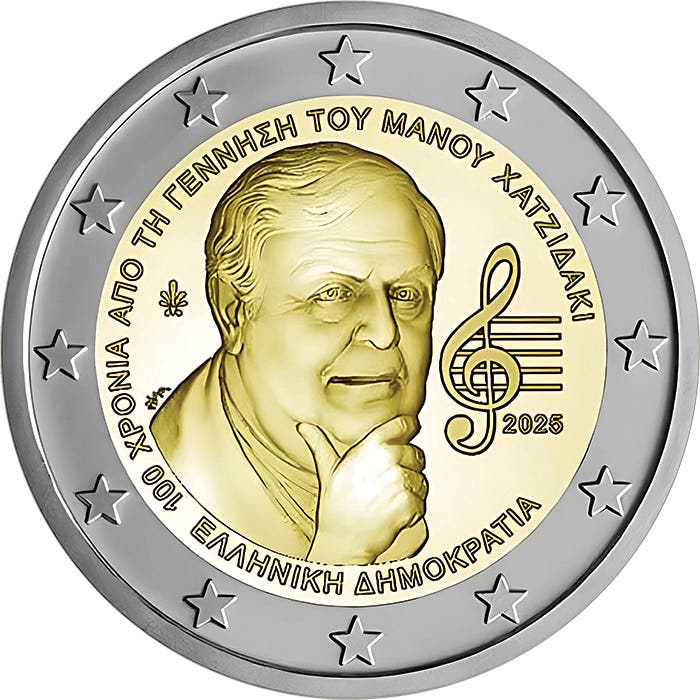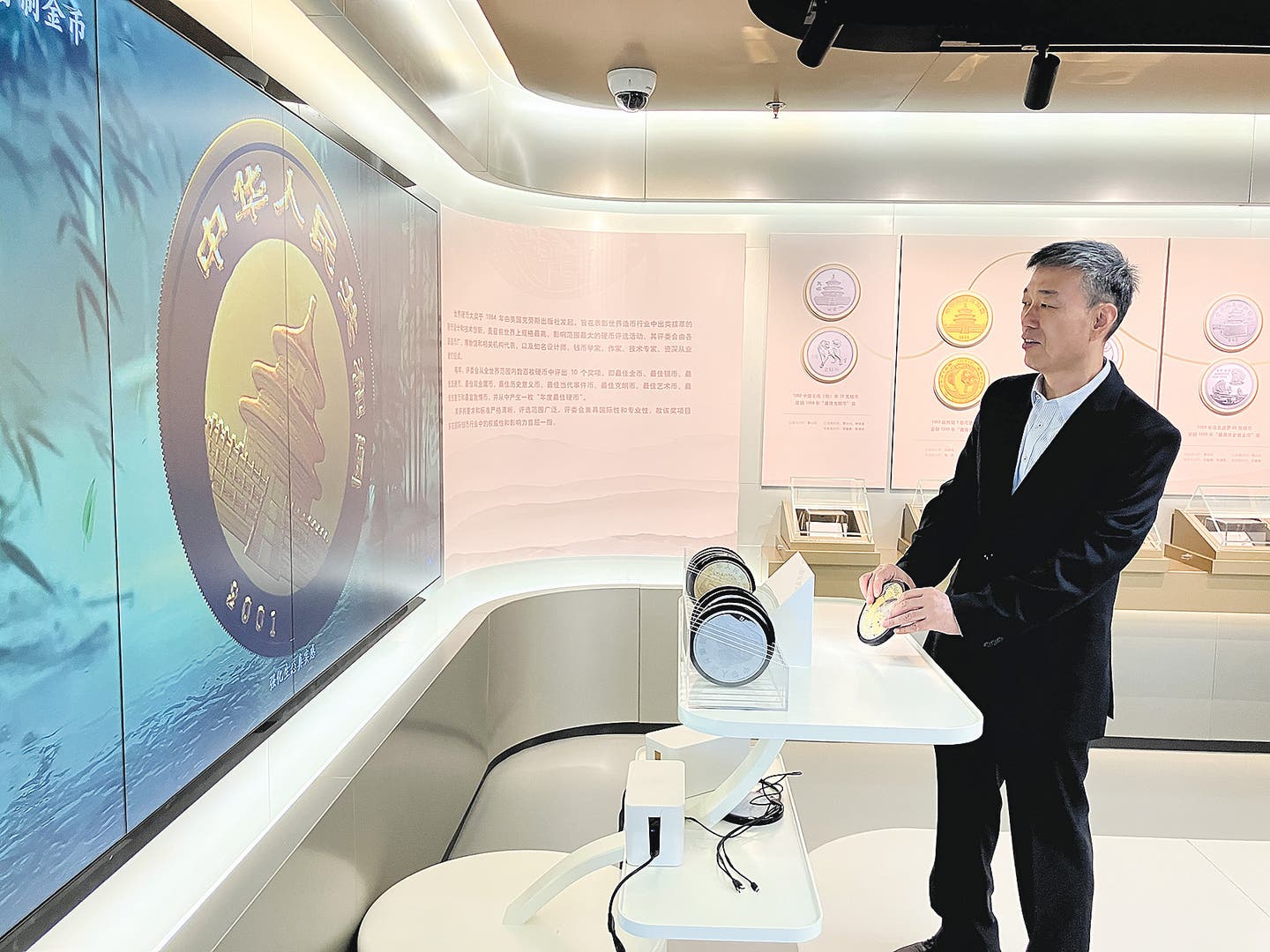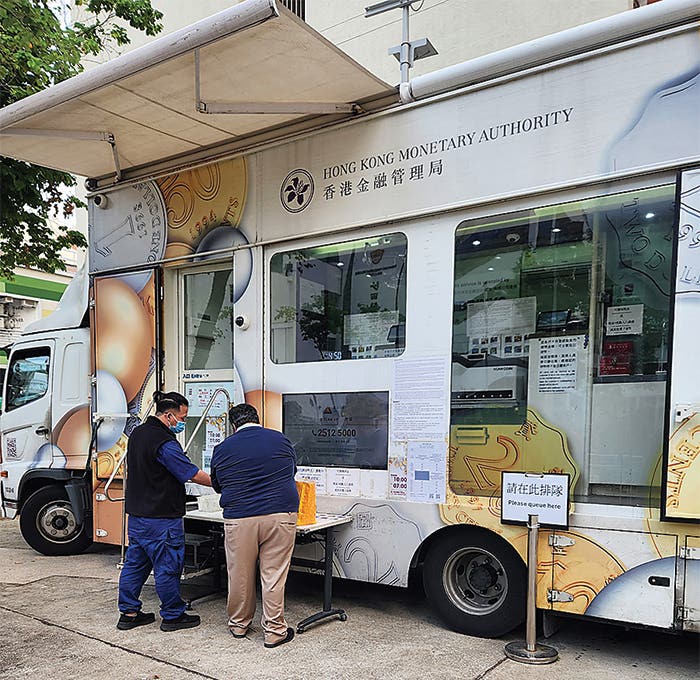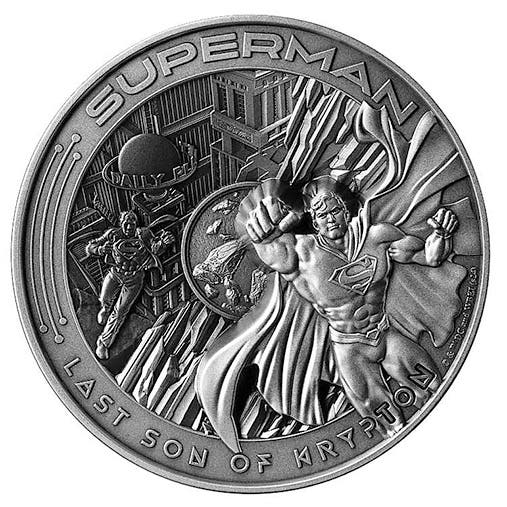European Union OKs Lithuanian euro coins, currency
By Richard Giedroyc It’s official. Lithuania will be replacing its litas currency with coins and bank notes of the European Union beginning January 1, 2015. According to State Secretary for…
By Richard Giedroyc
It’s official. Lithuania will be replacing its litas currency with coins and bank notes of the European Union beginning January 1, 2015.
According to State Secretary for European Affairs of Italy and President of the Council of the EU Sandro Gozi, “The entry of Lithuania into the euro family is not only a crucial event for this partner country, but it is of great importance for the whole eurozone.”
Gozi continued, “It’s a demonstration of the continuing attractiveness of the single currency project and its relevance for the future of our community… The adoption of the euro has been Lithuania’s strategic step, well thought-out economically and politically, to foster national economic growth.”
Commission Vice President for Economic and Monetary Affairs and the Euro Olli Rehn said, “Lithuania’s readiness to adopt the euro reflects its long-standing support for prudent fiscal policies and economic reforms. That reform momentum, driven in part by Lithuania’s EU accession 10 years ago, has led to a striking increase in Lithuanians’ prosperity: the country’s per capita GDP [Gross National Product] has risen from just 35 percent in 1995 to a projected 78 percent in 2015.”
Lithuanian Prime Minister Algirdas Butkevicius added, “Lithuania’s consistent efforts have paid off: today the eurozone has opened the door for us, “ continuing, “Lithuania’s accession to the single European currency will strengthen the EU’s Economic and Monetary Union. Deeper euro integration means greater security as well.”
Security is a current concern, considering Russia’s recent acquisition of Crimea from Ukraine. EU troops are currently stationed in Lithuania.
The European Council approved Lithuania’s entry into the European Union’s currency union at the council’s July 23 meeting. All three Baltic states, the others being Estonia and Latvia, will be part of what will be a 19-member currency union as of 2015. Latvia is the latest country to have joined the eurozone, introducing the euro on January 1, 2014. There are currently 28 countries that are members of the EU.
Lithuania has five months to prepare for the currency conversion. The council set a conversion rate of 3.45280 litas to the euro. This figure corresponds to the current central rate for the litas in the EU’s exchange rate mechanism.
While the EC was approving Lithuania’s entry into the currency union the council was also rejecting bids by Bulgaria, Czech Republic, Croatia, Hungary, Poland, Romania, and Sweden to replace their currency systems with the euro. The commission made it clear none of these nations is currently able to fulfill the EU economic criteria to participate in the currency union. Each of these nations has two years to try to reach these economic requirements before their petitions to join the currency union will be re-evaluated.
The commission releases reports every two years that assesses the readiness of countries considering adopting the euro. The most recently released report indicated Lithuania had fulfilled the required price stability, government budgetary position, exchange rate stability, and long term interest rate criteria. (Several other more minor criteria were also met, according to the report.)
According to the European Union Treaty, national legislation on monetary affairs must be in line with the treaty. The balance of payments and market integration are also important considerations.
Euro coins and bank notes were introduced Jan. 1, 2002, in Austria, Belgium, Finland, France, Germany, Greece, Ireland, Italy, Luxembourg, Netherlands, Portugal, and Spain. Slovenia joined them in 2007, followed by Cyprus and Malta in 2008, Slovakia in 2009, Estonia in 2011, and Latvia this year.









